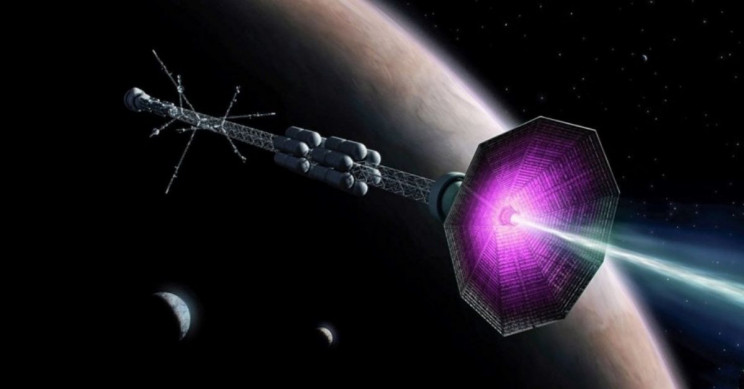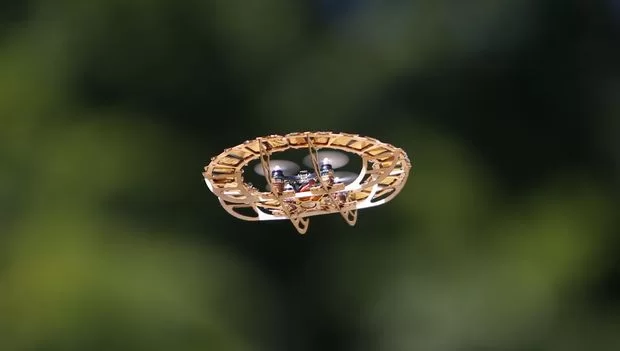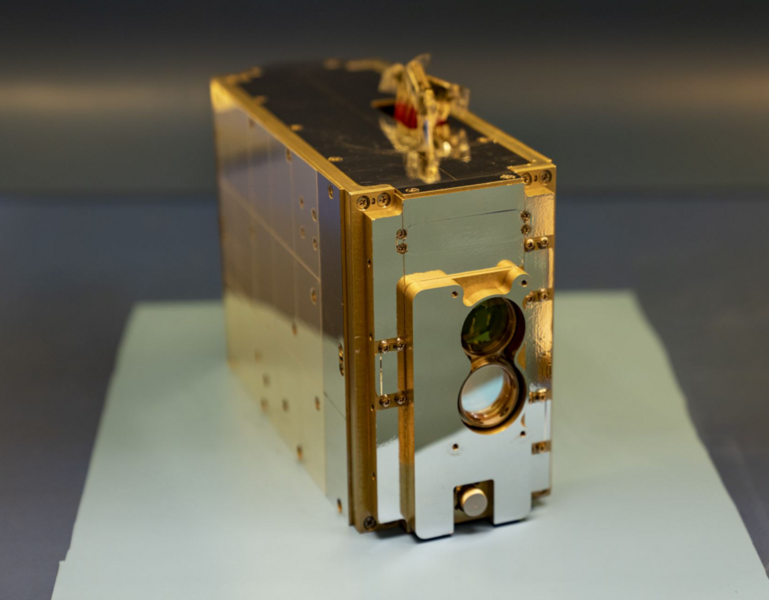A physicist Fatima Ebrahimi has invented a new rocket engine thruster concept that could propel humans to Mars and beyond.
She works at the U.S. Department of Energy’s (DOE) Princeton Plasma Physics Laboratory (PPPL).
The device uses magnetic fields to shoot plasma particles to propel the craft through space.
Ebrahimi, “I’ve been cooking this concept for a while,”
“I had the idea in 2017 while sitting on a deck and thinking about the similarities between a car’s exhaust and the high-velocity exhaust particles.”
Current rocket thrusters use electric fields to propel these particles only to operate at low speed. But, this innovative concept by Ebrahimi was able to create exhaust with speeds of hundreds of kilometers a second. As a result, in the future, this concept could help in propelling the rockets 10 times faster than current thrusters.
Ebrahimi explained that faster velocity while initializing the spacecraft’s journey could make the outer planets approachable for astronauts
She said, “Long-distance travel takes months or years because the specific impulse of chemical rocket engines is very low, so the craft takes a while to get up to speed,”
“But if we make thrusters based on magnetic reconnection, then we could conceivably complete long-distance missions in a shorter period of time.”
Following are three ways Ebrahimi’s thruster differ from currently existing ones:
- Magnetic fields offer more range in thrust power. By changing the strength of the magnetic fields, scientists can increase or decrease the amount of thrust.
- In Ebrahimi’sconcept thruster creates movement as it ejects plasma particles and plasmoid. These plasmoids add extra power to the thruster.
- The magnetic fields in Ebrahimi’s concept permit plasma inside the thruster to consist of light or heavy atoms.







